Manually managing large ad inventories brings forth several AdOps challenges. Your AdOps teams often work with several parallel campaigns on different ad servers. This makes it harder for them to track consumption and delivery metrics, often requiring them to navigate disparate UIs and complex reports.
Worse still, this way of working leads to:
- Quantifiable risks to your businesses as revenue risks need to be manually calculated.
- Managing and tracking inventory distribution becoming manually tedious.
- Getting a top-down picture of delivery being nearly impossible; to know the campaigns that are on track and the ones that need corrective action.
Automate Your AdOps Or Get Left Behind
If your AdOps people are managing, tracking, and monitoring ad inventories on a spreadsheet, they are wasting time on data entry and reporting. Wasting time on maintaining spreadsheets leads to delay in getting clear answers and insights into pressing business questions.
You, as a large publisher, can’t afford to work this way.
To speed up your data-driven decision-making, you have to automate your AdOps to drive greater visibility into delivery and risk metrics.
You cannot achieve real-time AdOps automation without upgrading your ad tech stack to get 24/7 access to powerful data, metrics, and insights.
The AdOps Tech You Choose Should Do Three Things
Pushing ads to multiple servers requires a specific type of tech to automate most of your AdOps.
1 – Your AdOps tech should not only allow you to push ads to different servers, but also make your AdOps efficient with real-time delivery of revenue-related insights.
You should be able to get answers to questions such as “is this campaign delivery and revenue at risk?”
The traditional way of pushing ad campaigns just doesn’t work. With multiple levels of data entry on separate ad servers, it is a tedious, manual, error-prone process.
2 – You need an order management system that allows your AdOps team to input basic campaign details such as delivery and targeting details just once, choose the ad servers they want to push the campaign to, and leave the rest to the system to automate.
3 – Your AdOps tech should aggregate data from across your ad servers and layer it with organisation, analytics, and intelligence — so your teams can spend their time on higher-level work, such as:
- Optimising their delivery and fill rates
- Managing their risks
- Understanding how they can improve their own business outcomes
Is there such an AdOps tech that allows you to accomplish all three aspects of efficient ad delivery and optimise revenue opportunities?
Yes! Visit Voiro.com to learn how our smart Order Management System can turbocharge your AdOps by doing most of the work for you.
It’s time to step up your AdOps game.






